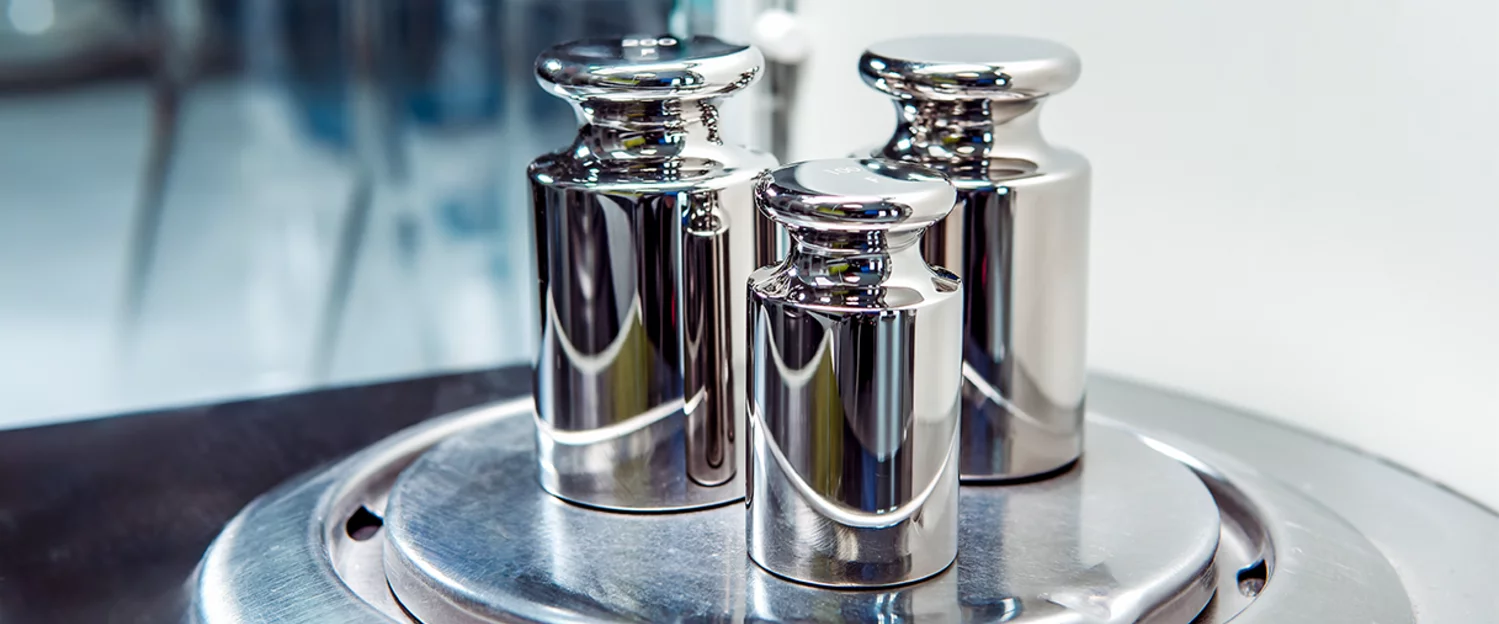Why
- Expansion of measurement capacities
- Measurement and calibration room
- New hall
How
- Turnkey solution
- High energy efficiency
- Waste heat utilization for hall heating
What
- 43 m2 measuring room area, quality class 1
- Overall air-conditioning concept according to VDI/VDE 2627
Why / The challenge.
InnoWA-Industrie-Dienstleistungen in Sonneberg is a highly specialized service provider for measurements using optical and tactile measurement technology as well as 3D digitalization. The intended accreditation according to DIN ISO EN 17025 will confirm that the work is carried out according to globally valid standards in the future. In order to expand the measurement capacities, a calibration room for the measuring instruments is to be set up in a new hall.
The calibration room must comply with quality class 1 according to VDI/VDE 2627. The calibration room has particularly high temperature stability requirements. The temporal temperature change must not exceed 0.2 K in 60 minutes and 0.4 K in 24 hours, and the spatial temperature change must not exceed 0.2 K per meter. The entire system is to be designed to be particularly efficient, also from an energy point of view, despite the high demands on temperature stability.
How / The Idea.
The HVAC system, consisting of air conditioning, ventilation, ducting and a measuring room, is planned from a single source. The air treatment (filtering, cooling, heating, humidifying, and dehumidifying) is carried out in a compact, fully air-conditioned unit designed specifically for measurement room applications. The air-conditioning unit is placed directly next to the measurement room.
The air is introduced as a uniform flow through a perforated metal cassette ceiling. This creates a directed supply air flow without any drafts. The release is ducted back to the air handling unit via exhaust air grilles and branch ducts in the area of the wall and floor.
For maximum energy efficiency, the system operates in recirculation mode and utilizes the waste heat from the recooler during the colder months to heat the adjacent production hall.
The constant overpressure in the calibration and measurement room prevents the infiltration of ambient air and ensures the required high temperature stability.
What / The solution.
- Vindur Compact 160.5 DXD 24.11 N air conditioning unit
- Self-cooling with external air supply
The HVAC system supplies the 43.50 m2 calibration room with conditioned air according to quality class 1 of VDI/VDE 2627. The required climatic conditions in the calibration room with quality class 1 are a constant room temperature of 20°C with a temporal temperature gradient of 0.2 K/h, a spatial temperature gradient of 0.2 K/m, and a relative humidity of 40-60%. The double filtration with F7 and F9 filters ensures the required air purity.
The entire system is designed for an air volume of approximately 12,000 m³/h with a fixed outdoor air intake of 150 m³/h. This fresh air volume is required for the personnel working in the calibration room and to maintain the overpressure.
The air conditioning unit is controlled and monitored by the proven intelli.4 system. A color touchscreen display is mounted on the air conditioning unit for operation.
The air is conveyed by means of a high-performance radial fan that is designed for maximum efficiency and the highest possible effectiveness.
The assembled cabin system is a self-supporting room-in-room system with a perforated metal ceiling and integrated LED lighting.
An overview of the advantages
- Turnkey solution with an integrated concept
- Energy-efficient design with waste heat utilization
- Planning, development, construction, assembly, commissioning, and service from a single source
- A thorough understanding of processes and many years of experience

